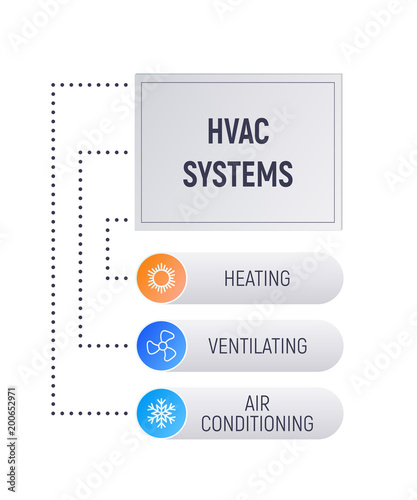The Ultimate Guide To Understanding Warm Pumps - How Do They Work?
The Ultimate Guide To Understanding Warm Pumps - How Do They Work?
Blog Article
Material Composed By-Blanton Best
The best heat pumps can save you substantial amounts of money on energy expenses. They can likewise help reduce greenhouse gas discharges, especially if you make use of electrical energy in place of fossil fuels like lp and heating oil or electric-resistance heating systems.
Heat pumps function significantly the same as ac system do. This makes them a viable option to traditional electrical home furnace.
How They Work
Heatpump cool homes in the summer season and, with a little aid from power or natural gas, they provide some of your home's home heating in the wintertime. They're a great option for people that want to minimize their use fossil fuels but aren't all set to change their existing furnace and a/c system.
see this page rely on the physical truth that even in air that seems as well cold, there's still power present: warm air is always relocating, and it wishes to move right into cooler, lower-pressure environments like your home.
Most ENERGY STAR licensed heatpump operate at close to their heating or cooling capability throughout the majority of the year, lessening on/off cycling and saving energy. For the very best performance, focus on systems with a high SEER and HSPF rating.
The Compressor
The heart of the heat pump is the compressor, which is also known as an air compressor. This mechanical streaming gadget uses possible power from power creation to raise the pressure of a gas by reducing its quantity. It is different from a pump in that it just deals with gases and can't deal with liquids, as pumps do.
Climatic air gets in the compressor via an inlet shutoff. It circumnavigates vane-mounted arms with self-adjusting length that split the interior of the compressor, producing multiple cavities of varying size. The blades's spin pressures these tooth cavities to move in and out of stage with each other, compressing the air.
The compressor draws in the low-temperature, high-pressure refrigerant vapor from the evaporator and presses it into the hot, pressurized state of a gas. This procedure is repeated as required to supply home heating or cooling as needed. your domain name contains a desuperheater coil that recycles the waste warm and includes superheat to the refrigerant, changing it from its liquid to vapor state.
The Evaporator
The evaporator in heat pumps does the exact same point as it carries out in refrigerators and air conditioning unit, changing fluid refrigerant right into an aeriform vapor that gets rid of warmth from the area. Heatpump systems would not function without this critical tool.
This part of the system lies inside your home or building in an interior air trainer, which can be either a ducted or ductless device. It consists of an evaporator coil and the compressor that presses the low-pressure vapor from the evaporator to high pressure gas.
Heat pumps absorb ambient heat from the air, and then use electrical energy to transfer that heat to a home or company in heating mode. That makes them a whole lot a lot more power effective than electrical heating systems or furnaces, and because they're making use of tidy electricity from the grid (and not melting gas), they likewise produce much fewer discharges. That's why heat pumps are such wonderful ecological choices. (In mouse click the up coming webpage to a substantial reason they're ending up being so prominent.).
The Thermostat.
Heat pumps are terrific choices for homes in chilly climates, and you can utilize them in combination with typical duct-based systems and even go ductless. They're a fantastic alternate to fossil fuel heating unit or traditional electrical heaters, and they're more lasting than oil, gas or nuclear cooling and heating equipment.
Your thermostat is one of the most vital component of your heatpump system, and it functions extremely differently than a standard thermostat. All mechanical thermostats (all non-electronic ones) job by using compounds that change dimension with enhancing temperature level, like curled bimetallic strips or the broadening wax in an automobile radiator shutoff.
These strips contain 2 various kinds of metal, and they're bolted with each other to develop a bridge that finishes an electrical circuit connected to your heating and cooling system. As the strip gets warmer, one side of the bridge broadens faster than the various other, which triggers it to bend and indicate that the heating system is required. When the heat pump is in heating mode, the turning around valve turns around the circulation of refrigerant, to make sure that the outside coil currently functions as an evaporator and the interior cyndrical tube comes to be a condenser.